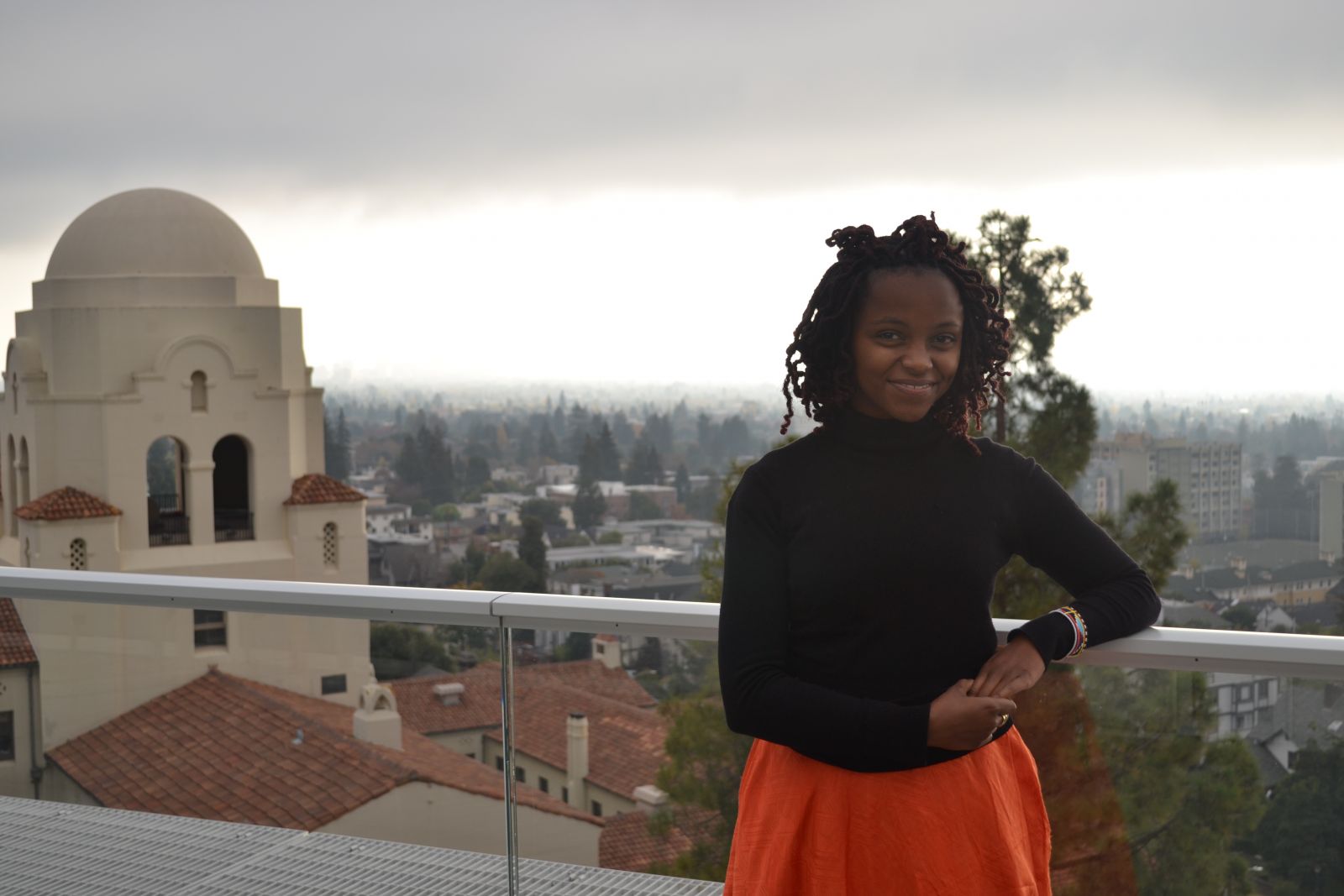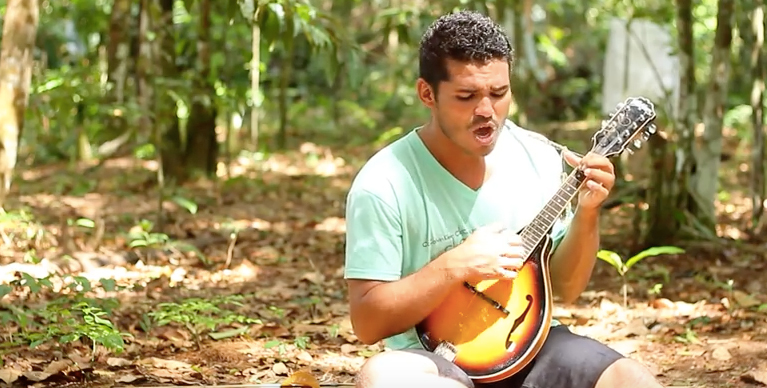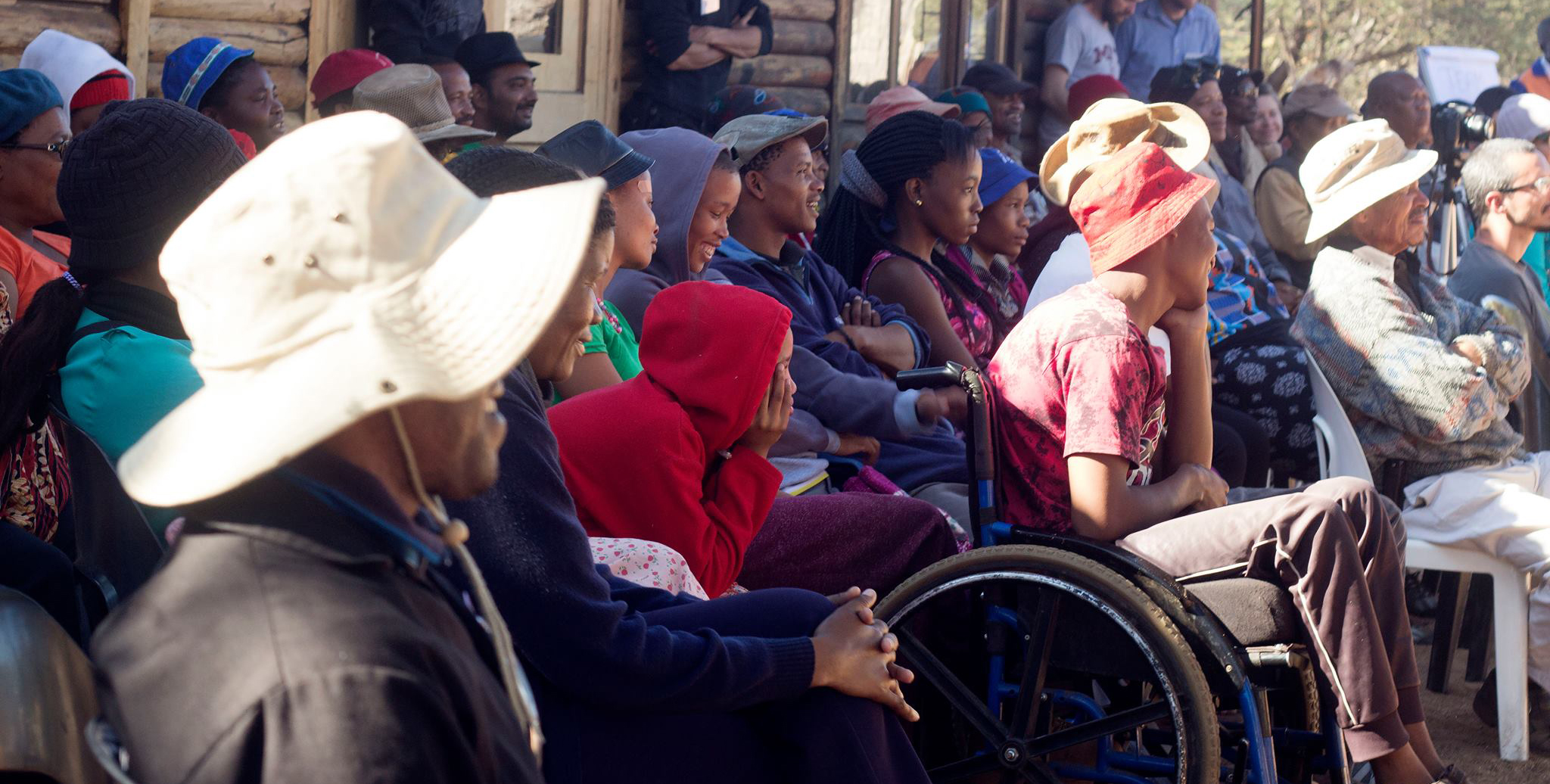Finding Their Life’s Work in Design Education for the Greater Good: Perspectives from Kenya, Japan, and Tanzania

“I want to take this back to my community.”
Since I started working with IDIN nearly a year ago, I’ve spoken with countless innovators in our Network.
Whether just in passing, in an email, or during an in-depth interview, one of the questions I ask most often is, “What’s next for you? What do you want to do after the design summit? After this training?”
And overwhelmingly, the answer is, “I want to share what I’ve learned with others.”
In fact, more than 60 percent of participants in last summer’s International Development Design Summit in Tanzania said they wanted to teach what they had learned about design, co-creation, and international development to others
It’s a powerful outcome of our program, and one we’re in the process of exploring more deeply.
What drives IDIN Network members to teach others about design and innovation? What inspires them? And how are they incorporating this desire to teach in their everyday lives?
Recently, I spoke with three inspiring women in the IDIN Network to learn more about how they made design education not just a hobby, but a full-fledged career.
Juliet Wanyiri, Kenya
Juliet Wanyiri doesn’t like to think of herself as an innovator, but rather, “an instigator of innovation.”
And while we think she’s pretty great at both, it’s clear why she focuses her attention on the latter.
She founded “Foondi,” a design education company in 2012 after attending an International Development Design Summit (IDDS) in Brazil. Foondi is based in Nairobi, not far from where Juliet grew up, and it’s playfully named after fundis, the ubiquitous repairmen found across East Africa.
As Juliet describes it, Foondi is where affordable, high-tech industrial design meets exploratory hands-on workshops. Juliet and the team target their workshops specifically at young people and other under-served communities interested in using the design process to build products and launch ventures locally.
The focus on young people is pointed and strategic. Juliet first became interested in sustainable development and design at a young age, and she believes that early inspiration is key to long-term engagement.
“CNN used to come on our TV after the cartoons, so it was almost by accident, but that’s how I first became subconsciously aware of situations in the world,” she says. “I also got interested in technology from a very early age. My parents were very good with their hands, and it made me feel like I could do that too.”
Juliet studied electrical engineering at the University of Nairobi and was exposed to the university’s FabLab, where trainers ran workshops showing kids from low-income areas how to program in efforts to increase interest in those kinds of careers.
Her experience at the University of Nairobi and her time spent at IDDS helped Juliet think through her long-term goals.
“IDDS helped me figure out exactly what I wanted to do,” Juliet says. “And corporate engineering wasn’t it.”
Juliet recently continued her design journey as one of just 19 fellows in the first-ever FabLearn Fellows Program at Stanford University. The yearlong program helped expose Juliet to new ideas and new people, including lessons that she could take back to Foondi in Kenya.
Today, Foondi has taught workshops not only in Kenya, but also in Uganda and Burundi.
Juliet and her team recently received one of two pilot grants from IDIN to host further workshops and share their findings with other IDIN Network members interested in conducting design trainings.
Miho Kitagawa, Japan
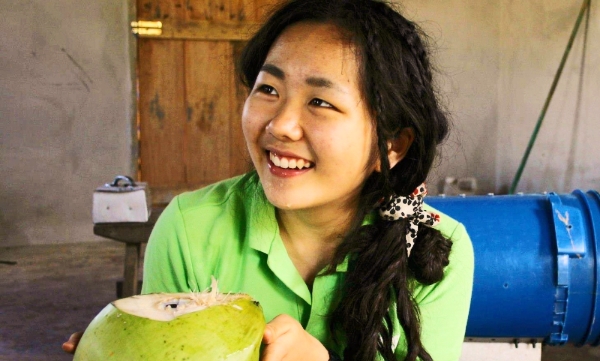
After attending an International Development Design Summit (IDDS) in Brazil, Miho Kitagawa saw the world differently.
“I could really tell the difference of how I look and think about things, before and after IDDS. I wanted more people to experience this change, so I started SoHub in Japan,” says Miho, who is also an MIT and D-Lab alumna.
Launched in December 2012, SoHub is a community empowerment project that engaged Japanese professionals, students, and local residents in the design process: identifying problems, brainstorming solutions, experimenting, testing, and disseminating innovative technologies and approaches.
Miho is keenly aware of the world’s perception of Japan as one of the most technically advanced countries in the world with a solid middle class.
“You may ask what kinds of problems Japan has,” she says. “The truth is that it does have some issues, especially in rural areas.”
More than 25 percent of Japan’s population is considered elderly and it’s rising each year. This means rural areas like Tane, Japan where Miho works faced unique challenges, especially around the economy, agriculture, and safety, many of which are issues SoHub’s workshops focus on.
Miho works hard to fund SoHub’s work through a variety of channels. SoHub charges minimal participation fees, takes advantage of crowdfunding opportunities, and often applies for external grants from organizations like MIT’s Japan-based alumni group.
“In Japanese culture, something free is not very trusted,” Miho explains. “So people are actually willing to pay for these special (SoHub) workshops. Of course, we are trying to minimize the burden on participants, so we only ask for a small fee.”
Today, SoHub has trained hundreds of people in Japan. Miho continues her work as founder of SoHub remotely from the University of California, Berkeley where she studies mechanical engineering and researches human-centered design.
Miho's research take a close look at how the design process should change to accomodate different kinds of cultures, both nationally and within communities, such as a homeless population or a prison. Her latest work has taken her to San Quentin, a California state prison, where she conducts workshops that use the design process to improve eating habits and experiences for inmates living there.
Despite her busy schedule, Miho still make time for frequent trips home to Japan, especially for SoHub.
Noela Byabachwezi, Tanzania
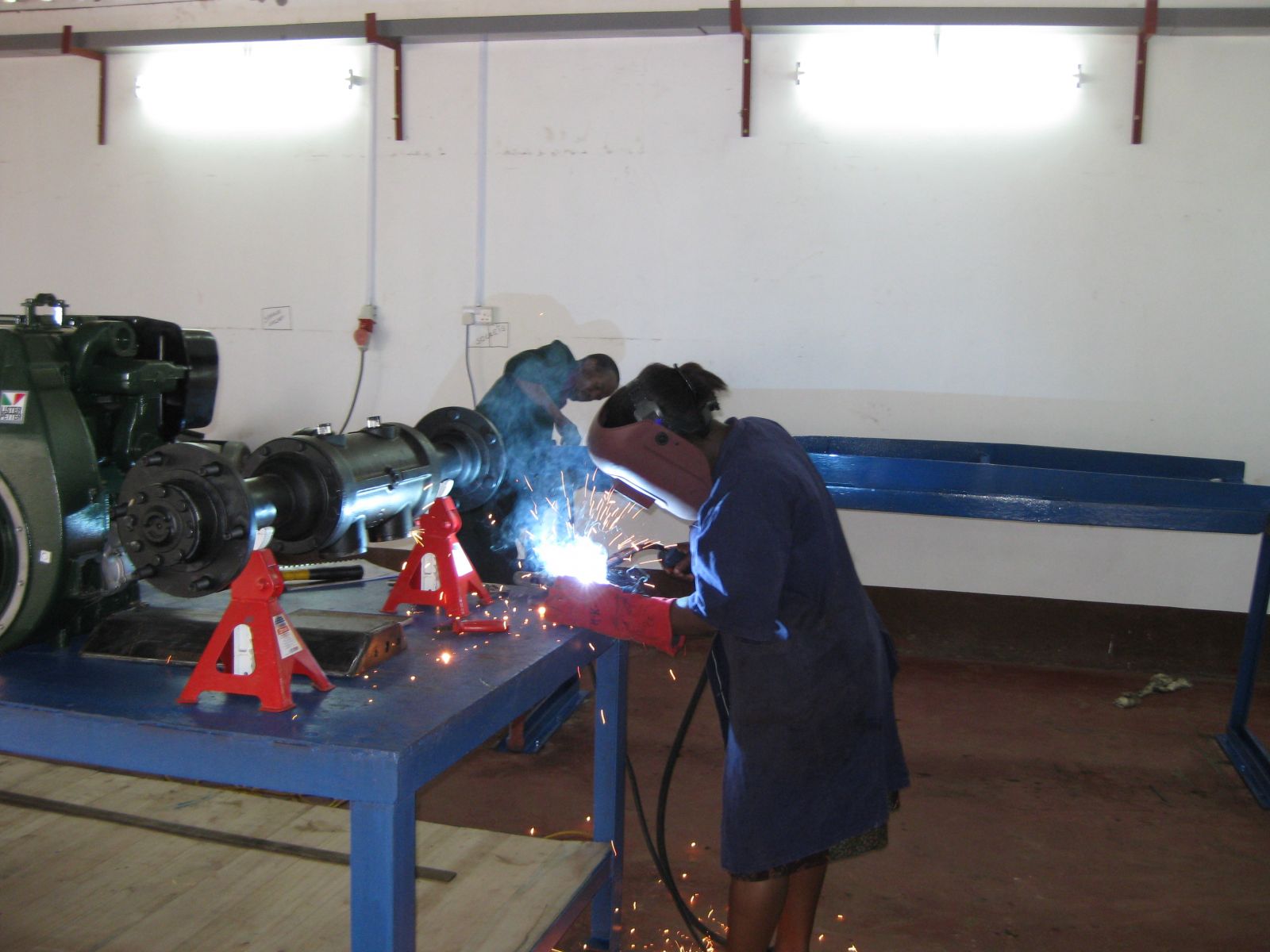
To Noela, it’s simple—most technologies used in farming are designed and developed by men. And because they’re not always designed with women in mind, they often don’t work well for the women who need them most.
“If women start participating in design and development of technologies, they will be able to address the challenges they face in using modern technologies so by the time the product reaches the market, it will be user-friendly for both genders,” she explains.
Noela is a mechanical engineer herself, working for the Government Centre for Agriculture Mechanization and Rural Technology (CAMARTEC) in Arusha, Tanzania. As an engineer for CAMARTEC, Noela focuses on exposing local farmers to technologies they may not have tried before, technologies that may make farming just a bit easier.
Apart from her job at CAMARTEC, Noela is a local Creative Capacity Building instructor. First developed by MIT D-Lab and the International Development Innovation Network, Creative Capacity Building is an approach to teaching communities how to solve their own challenges through the design cycle and basic building skills.
Noela became an IDIN Network member through her participation in IDDS 2011, which was held in Ghana.
“I was part of the farmer team where we built a technology that easily separates mature groundnuts from the immature groundnuts,” Noela says. “Since then, I have been an ambassador of co-creation and the IDDS spirit.”
Noela says she’s passionate about design education because she enjoys seeing changes in people’s lives over time.
“Because they are never the same (after design training), I am never the same,” Noela explains. “Not all parents give birth to the children they are parenting. I may not innovate anything tangible myself, but the fact that I train a lot of people who innovate makes me an innovator too.”





